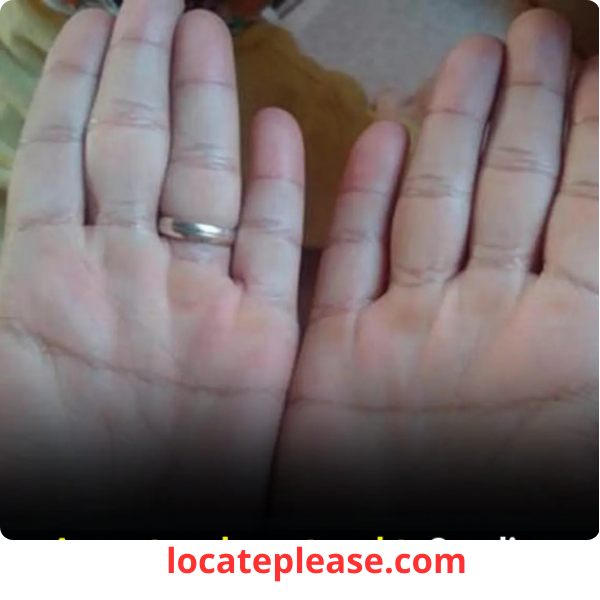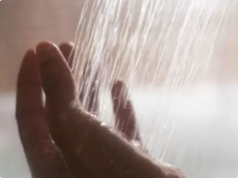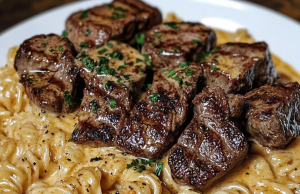For centuries, palmistry has captivated cultures worldwide with promises of decoding destiny in the lines of our hands. Among its most debated symbols is the single transverse palmar crease—a continuous line spanning the palm where most people have two or three distinct creases.
Ancient texts treated this “simian line” (a now-outdated medical term) as a cosmic signature—but with a shocking twist:
👉 For men, it meant legendary success.
👉 For women, it meant social ruin.
This stark gender divide wasn’t about palmistry—it was a mirror of patriarchal fear. Let’s uncover the truth behind this myth, why it’s scientifically baseless, and how modern women are reclaiming this misunderstood mark as a symbol of strength.
🌍 The Ancient “Rulebook” of Palm Lines
In traditional palmistry (practiced in China, India, and Europe for over 3,000 years), the palm’s major lines were believed to reveal:
- Heart line → Emotional nature
- Head line → Intellect and decision-making
- Life line → Vitality and life path
But when these lines fused into one continuous crease (the “single line”), ancient interpreters saw destiny rewritten—and gender dictated the narrative.
👨 For Men: The “Mark of Greatness”
- Wealth & Power: Believed to signify natural leadership, business acumen, and inevitable riches—even for those born poor.
- Resilience: Interpreted as unshakable focus and the ability to “rise from nothing.”
- Famous Examples: Legends claimed Napoleon, Julius Caesar, and Alexander the Great had single lines.
“A man with one line is born to command kings.”
— Ancient Chinese palmistry texts
👩 For Women: The “Curse of Rebellion”
- Rebellion: Labeled as “strong-willed,” “disobedient,” and “unfit for marriage.”
- Social Danger: Families feared daughters with this line would “shame the household” by rejecting husbands or tradition.
- Brutal Stigma: The phrase “one line on a woman’s hand means discard” wasn’t metaphor—it reflected real pressure to hide or “fix” the trait.
“She will bring strife to her husband’s home.”
— 17th-century European palmistry guide
🔬 The Science Behind the “Mythical” Line
Modern medicine reveals the truth:
- It’s genetic: The single transverse palmar crease (STPC) occurs in 2–13% of people—a natural variation in hand development.
- No gender destiny: It’s slightly more common in men (60% of cases), but has zero correlation with personality, intelligence, or life outcomes.
- Medical reality: STPC is sometimes linked to Down syndrome (in 45% of cases), but in neurotypical people, it’s just a harmless anatomical quirk—like having dimples or attached earlobes.
Palm lines form in utero by week 12—shaped by genetics and fetal movement, not future fate.
⚖️ Why the Gender Divide? Unmasking the Bias
The ancient double standard wasn’t about palms—it was about control:
- For men: A “flaw” became a “gift” because patriarchal societies celebrated male ambition.
- For women: The same trait was demonized because female assertiveness threatened the status quo.
💡 The real “curse” wasn’t the line—it was a society that punished women for daring to be strong.
🌸 Modern Women Are Shattering the Myth
Today, women with STPC are redefining the narrative—not as “rebellious wives,” but as trailblazers:
- Oprah Winfrey (STPC visible in photos) transformed poverty into global influence.
- Serena Williams (known to have STPC) redefined athletic excellence and business leadership.
- Countless entrepreneurs, scientists, and artists with this trait prove: Strength isn’t a flaw—it’s fuel.
As Dr. Elena Rodriguez, a cultural anthropologist, explains:
“When we called this line ‘bad’ for women, we were really pathologizing female agency. Today, that ‘rebellious’ energy is building companies, leading movements, and reshaping the world.”
✨ Why This Matters Now
This isn’t just about palmistry—it’s about how society labels “difference”:
- Then: A harmless hand trait was weaponized to control women.
- Now: Similar biases persist—labeling assertive women “bossy,” emotional women “hysterical,” and ambitious women “unlikable.”
The single line teaches us:
✅ Your worth isn’t written in your skin—it’s built through your choices.
✅ “Flaws” are often misunderstood strengths (resilience, passion, vision).
✅ Gendered stereotypes hurt everyone—men pressured to be “unemotional leaders,” women shamed for “too much” strength.
🌿 How to Read Your Own Hands (Without the Nonsense)
Forget “fortune-telling.” Your palms reveal only two truths:
- You survived the womb (all creases form prenatally).
- Your hands are uniquely yours—just like your journey.
If you have a single line:
- 👉 Men: It doesn’t make you a “natural leader”—it makes you human. True leadership is earned through empathy and action.
- 👉 Women: It doesn’t make you “difficult”—it makes you powerful. Own your strength without apology.
💫 Final Thoughts: The Real Line That Matters
Ancient palmists got one thing right:
Lines on our hands do tell a story—but it’s not about destiny.
It’s the story of:
- Resilience (the calluses from work)
- Love (the touch that soothes a child)
- Courage (the grip that lifts others up)
So next time you see a single line on a palm:
👉 Don’t see “good” or “bad.”
👉 See a reminder: The only lines that define us are the ones we draw with our choices.
And for women told their strength was a curse?
The most powerful line you’ll ever own is the one you draw through history.
Your hands don’t predict your future. They build it.










